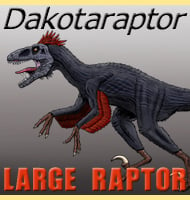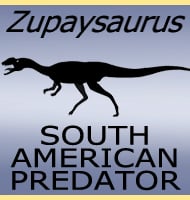Dakotaraptor
In Depth The one thing that immediately stands out about Dakotaraptor at first glance is simply the large size of this dromaeosaurid dinosaur. Most dromaeosaurid dinosaurs measure in at under two meters in length, with a few genera ranging between two and three meters long. The Holotype individual of Dakotaraptor however has a reconstructed length … Read more

